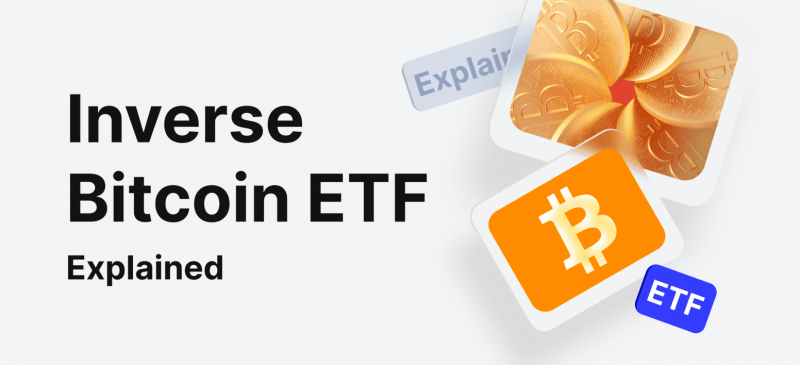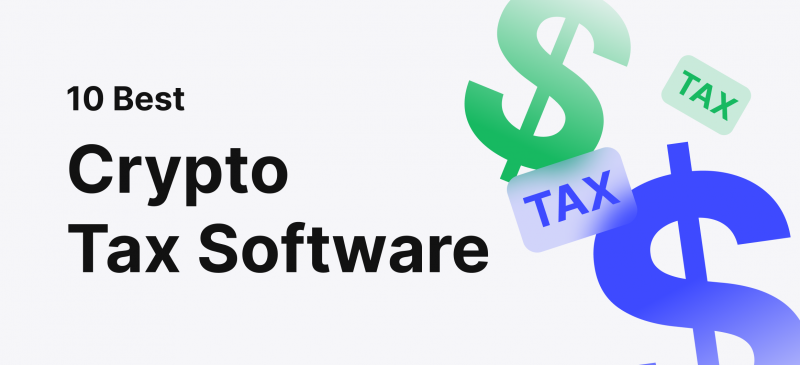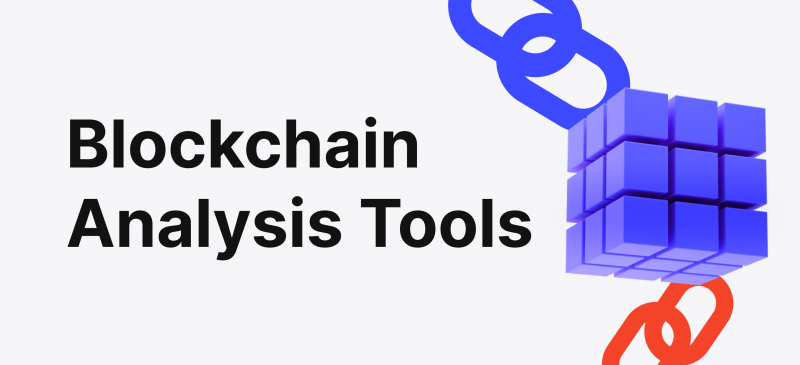Money economics has been extremely challenging in any form or shape. Even the smallest and simplest money supply systems experience colossal challenges when stabilising the money exchange rates and purchasing power within the economy. Naturally, the cryptocurrency world shared the same problem early on, realising that each coin requires firm and well-thought-out economic practices to stabilise the currency.
Today, this part of the crypto field is called tokenomics, and it effectively divides the crypto market into two subtypes – inflationary and deflationary cryptocurrencies. This article will uncover the inner workings of both strategies and determine if the deflationary tokenomics approach is truly the best option.
Key Takeaways
- Inflationary and deflationary strategies are two essential aspects of crypto tokenomics.
- Inflationary strategy is designed to encourage trading, and deflationary strategy is constructed to incentivise holding crypto assets.
- A deflationary method is used by crypto projects that aim to transform their coins into lucrative investment assets.
What Are Tokenomics in Crypto?
To truly understand the nature of deflationary and inflationary cryptocurrencies, we must first grasp the concept of tokenomics and its critical value within the crypto realm. Tokenomics is a young field created shortly after the emergence of crypto. It governs and defines virtually every aspect of token economics, from token supply, utility, and distribution means to long-term value preservation.
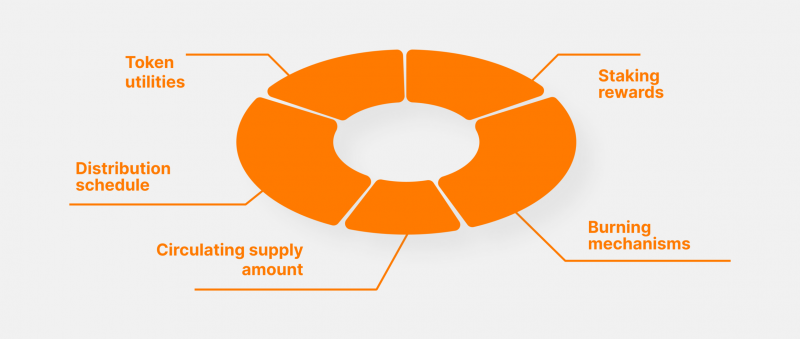
Tokenomics is vital to every crypto project, as it determines the incentives and demand-driving factors behind every issued coin. Tokenomics dictates the potential staking rewards, the extent of yields, token-burning mechanisms, limited supply vs unlimited supply and the allocation schedules. These variables determine the demand for the token, as each drives the direct and indirect values behind each crypto coin.
Each crypto creator emphasises different aspects of the crypto utilities. Some projects put all their effort into providing ample staking rewards, while others prioritise long-term distribution or burning methods. There is no objective blueprint for creating a highly demanded crypto coin, as numerous internal and external factors are involved.
Inflationary And Deflationary Cryptocurrencies
Inflationary and deflationary cryptocurrency variations are significant in tokenomics. These subtypes determine how the crypto tokens are distributed onto the market and whether they offer an increasing supply of coins or a decreasing one. Both methods have their merits and should be considered equally when creating a brand-new crypto project. But first, let’s explore the distinction between the two economic terms.
Difference Between Inflation And Deflation in Traditional Economics
Inflation generally refers to an increased money supply related to the respective products within a secluded economy. Deflation is the opposite phenomenon, where the prices of goods and services fall due to various factors. As a quick example, suppose a country, X, produces only ten cars yearly. The overall money supply in country X is $ 100,000.
Therefore, each car is currently worth $10,000. If the money supply increases to $150,000, the car unit price will soar to $15,000. If the contrary happens and the total fixed money supply goes down to $50,000, then each car will be worth just $5,000. The first scenario describes inflation, and the second one illustrates deflation.
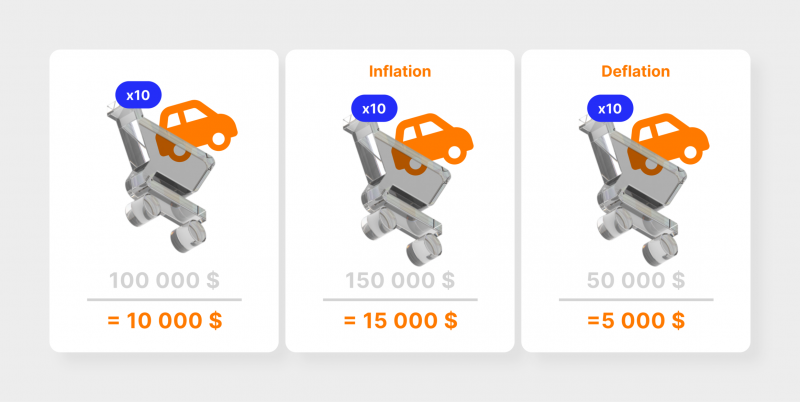
Both inflation and deflation can be either good or bad, depending on the circumstances. However, both economic movements are considered harmful in the long term, as fair market pricing is always the best option for the health of the local and international economy. Rapid inflation is mostly bad because it decreases purchasing power and halts economic progress, while rapid deflation leads to unemployment, a decrease in spending and other adverse effects. Thus, moderation is essential in this case.
The Inflationary Approach in Crypto
The inflationary principle of crypto projects is not unlike the classic inflation concept, presenting a gradually increasing supply of tokens. Inflationary projects either have a fixed maximum supply of tokens or outright unlimited token distribution. Both approaches have their merits, although a fixed supply is admittedly much more straightforward to control regarding token value. After all, it isn’t easy to preserve the value of something unlimited.
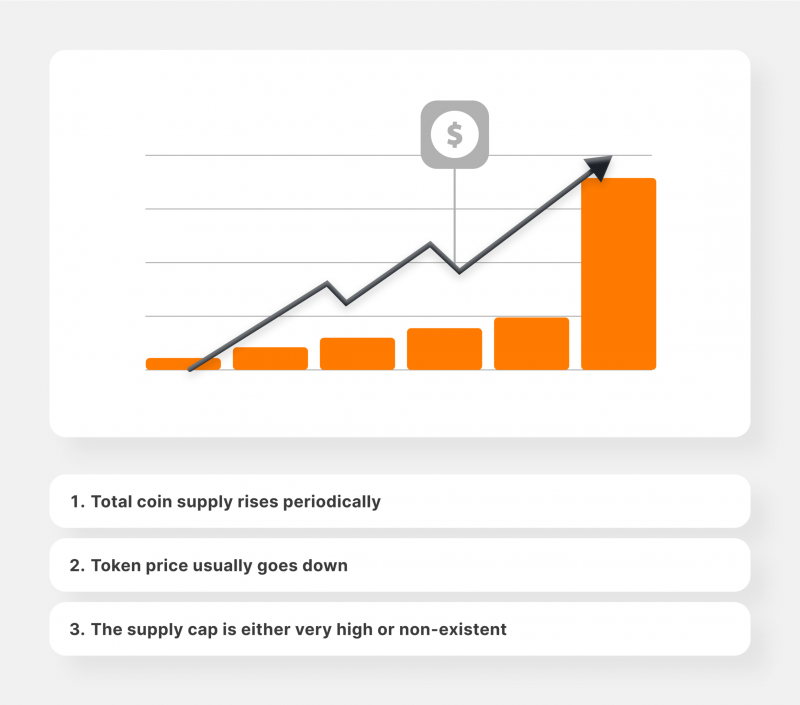
Inflationary projects mostly systematically increase the distribution volume of their respective tokens. This can be achieved by directly increasing the supply amounts or indirectly affecting the mining or staking rewards. The latter strategy incentivises miners and validators to increase their efforts and facilitate a higher volume of token creation.
Inflationary strategies are primarily employed by projects focusing on peer-to-peer payment offerings or other transaction-related services. Inflationary cryptocurrency tokens do not require hefty transaction fees since they do not rely on the services of miners or stakers. Thus, they are a perfect choice as an everyday payment solution.
The Deflationary Method in Crypto
On the other hand, deflationary cryptocurrency projects employ various methods to increase the value of their tokens with time. There are several ways to cause gradual deflation. One good example is the burning procedure, which puts several crypto coins out of circulation. The burning process is quite simple in practice. Crypto project creators simply distribute a portion of their total supply to dead-end crypto addresses that are perpetually encrypted for everyone.
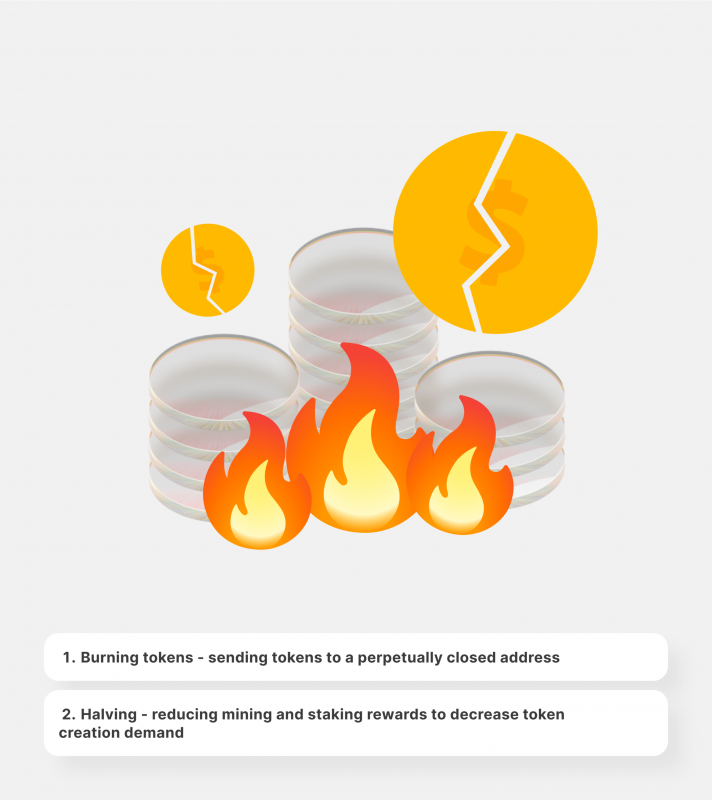
Thus, the “burned” tokens no longer exist in circulation. Naturally, crypto owners receive appropriate compensation in return for their burned coins.
Another common method is halving, which consists of various ways to demotivate miners or stakers to create new crypto tokens. For example, the Bitcoin currency has a halving procedure that effectively decreases the mining rewards for Bitcoin tokens every four years.
To visualise this process, let’s imagine that Bitcoin currently provides $100 to crypto miners per each crypto block produced. The halving procedure every four years will effectively cut the $100 incentive to $50. While this change does not linearly affect Bitcoin production, it is highly proportional to the supply decrease.
There are additional ways to ensure the gradual deflation of crypto tokens, but the above-outlined methods are by far the most popular in the market. The primary purpose of deflationary strategies is to ensure that the price of crypto tokens increases reliably and consistently in the future. As a result, investors will have more motivation to purchase and hold these tokens for long-term periods.
Critical Differences Between The Two Systems
Aside from the fact that inflationary and deflationary mechanisms are polar opposites, there are several key distinctions between them. These differences must be carefully studied to understand the ripple effects of both tokenomics strategies. Let’s explore.
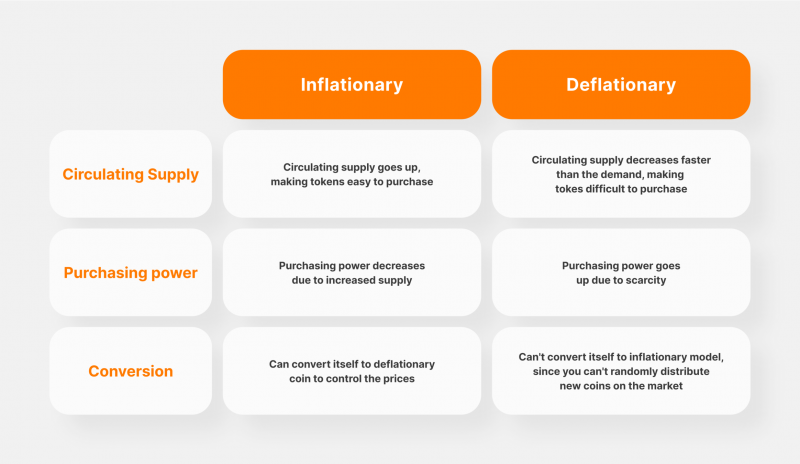
The Circulating Supply
First and foremost, the most apparent difference between the two methods is their circulating supply. Inflationary tokens either have exponentially higher coin supplies, or they don’t have a cap at all. Inflationary projects don’t care about pricing and overall valuation since they aim to facilitate cheap and fast crypto transactions worldwide.
On the other hand, deflationary projects are all about the value of their coins. These projects strive to make their currency valuable to facilitate greater demand. Where inflationary coins are a means to an end, deflationary coins are considered inherently valuable assets. Both subtypes lead to different circulation results. Inflationary tokens are easy to find and transact with on the market, whereas deflationary coins are much scarcer and more challenging to retrieve.
The Purchasing Power And Value
Another important distinction is the purchasing power of both token types. Inflationary crypto assets are designed to decrease in value gradually. Thus, holding these tokens for benefits makes no sense, as they will definitely be worth less in the long run. Therefore, inflationary coins are meant to be bought and sold to facilitate the purchase of goods and services worldwide.
Conversely, deflationary tokens are meant to be held and utilised as commodities, stocks and other appreciating assets. Deflationary tokens can be used to purchase various goods and services, but their true value resides in their gradual and orchestrated appreciation. Thus, the purchasing power will generally decrease with inflationary tokens and deflationary ones.
However, the crypto market has witnessed some strange deviations from the above-outlined rule. Some inflationary currencies might increase in value due to increased demand despite their inherent nature. Dogecoin is a perfect example of this phenomenon. Conversely, deflationary tokens are not guaranteed to soar in value since both Bitcoin and Ethereum are deflationary, and both have suffered from dramatic price drops in recent years.
Conversion Possibilities
Finally, there is a consideration for conversion flexibility with both subtypes. Inflationary coins can be easily converted into deflationary types since all it takes is to conduct a burning, halving or other similar processes. This will automatically restrict the supply of coins and make them scarce by nature, increasing the per-unit value of each coin.
The same is not feasible with deflationary projects, as they already have supply caps and limits. As a result, deflationary token creators would have to issue additional coins onto the market. While this is technically possible, it doesn’t make sense to distribute new coins within the crypto market randomly. Thus, inflationary currencies have more flexibility to control their valuation and avoid hyperinflation scenarios temporarily.
Is The Deflationary Approach Superior?
The deflationary nature of crypto assets is inherently excellent for investors and token holders. This tokenomics mechanism ensures that investors will get their money’s worth in the long term period. All things being equal, the deflationary approach should be foolproof, resulting in the price appreciation of tokens due to their increased scarcity. However, all things are seldom equal, as the crypto landscape is exceptionally volatile and suffers substantial price swings.
While deflationary tokenomics works effectively, numerous other factors could decrease the overall coin valuation. The most prominent example is Bitcoin, considered primarily deflationary due to its limited supply and the halving event conducted every four years. Despite its increasing scarcity, Bitcoin has dropped in value spectacularly in the past five years, going from a $70K valuation to the current $37K price.
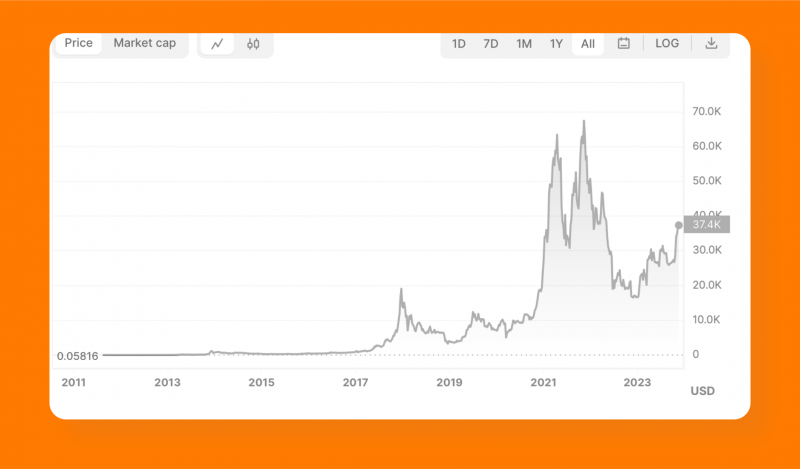
The deflationary method should not be analysed in a vacuum since the value of crypto tokens depends on numerous other variables, including market volatility, regulations, aggregate public demand and tangible token utilities. Deflationary tactics are just a single cog in the expansive machine that dictates crypto prices. However, it is generally a favourable strategy if the crypto project aims to encourage investments and bearish trends toward their coins.
A deflationary approach can be highly effective but only works if other factors favour a given crypto coin.
Should You Invest in Deflationary Tokens?
As outlined above, the fact that tokens are deflationary might not warrant their gradual appreciation. Many deflationary coins have failed to achieve this goal in recent years. The simple truth is that most crypto industries are still too volatile to facilitate deflationary tokenomics properly. While this mechanism works in practice, various economic, political and regulatory factors could heavily offset the appreciated metric.
So, a supposedly deflationary token could decrease in value, going against the expectations of enthusiastic investors. Another important factor is human manipulation. As discussed above, most deflationary coins are designed to be lucrative investment opportunities. They are not constructed to be used to purchase goods and services. Thus, the entire point of buying deflationary coins is their potential returns in the following periods.
Naturally, traders and “whale” investors are motivated to artificially drive the prices in their favoured direction since they could potentially earn lucrative profits from it. Therefore, deflationary coins can frequently fall victim to various manipulation schemes that impact the market’s organic demand and supply equilibrium. While the growth and maturation of the crypto industry will certainly decrease these risks, the current climate is still very uncertain and volatile in this regard.
Final Thoughts
Deflationary tokenomics is excellent for the crypto market if applied and utilised properly. This method ensures gradual price appreciation for a given token, allowing investors to have reliable expectations for the crypto assets they decide to hold. However, it is essential to remember that other factors, such as general crypto volatility, various economic downturns, regulatory clampdowns, etc, could offset deflationary effects. Thus, if you are considering investing in crypto, deflationary tokenomics should not be the only deciding factor for your final choice.
FAQ
Is deflation good for crypto?
Deflation is primarily good for crypto asset holders, as it increases the value of each crypto coin. However, deflation could also lead to adverse effects within the industry, causing the markets to become less liquid and decreasing the trading volumes.
What are the potential benefits of deflationary tokens?
Deflationary tokens generally increase in value over time. Thus, deflationary coins are great investment options for crypto investors. However, it is important to closely analyse other parts of crypto tokenomics besides its deflationary nature.
What crypto tokens are deflationary?
BTC is both inflationary and deflationary. However, the ultimate distribution cap of 21 million coins and the halving event every four years tip the BTC token toward a deflationary status. Other notable examples are Binance coin, Tamadoge and XRP.








